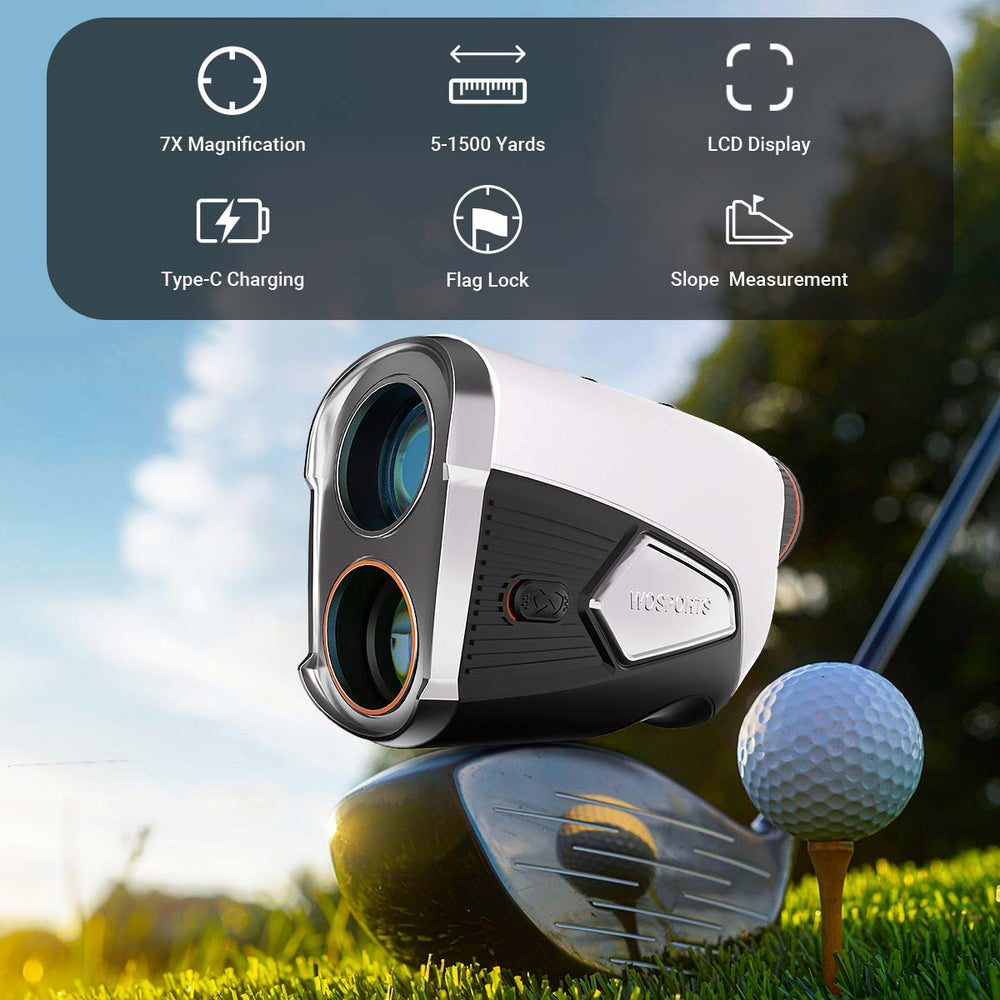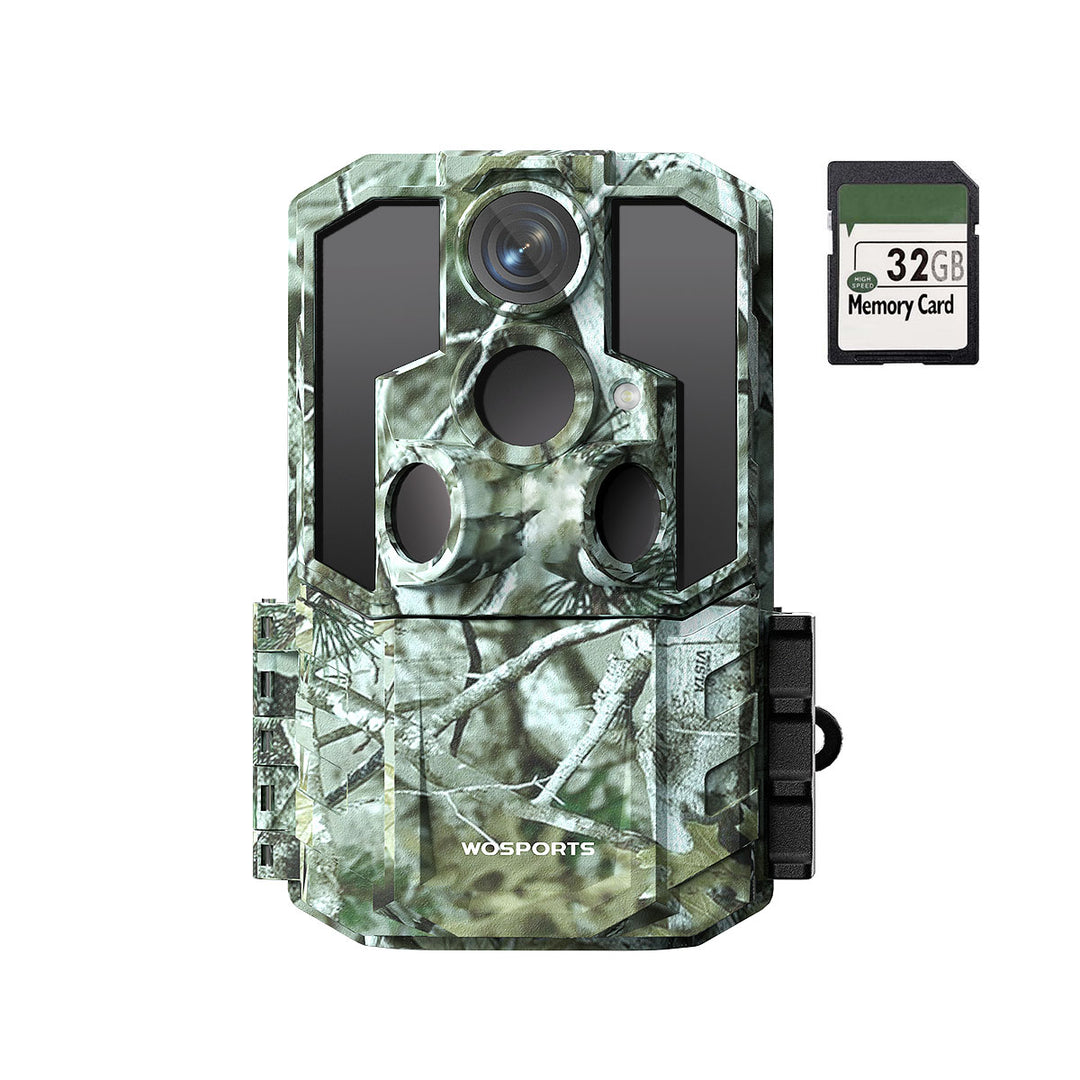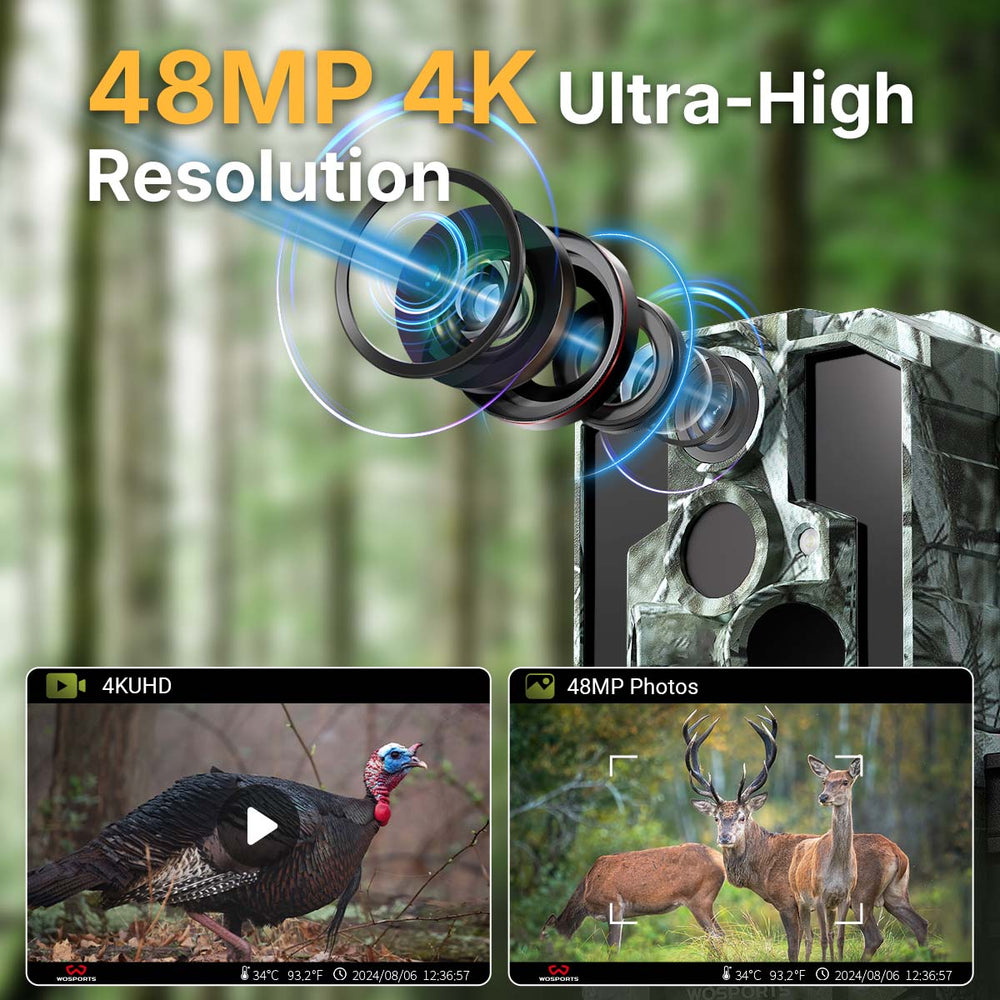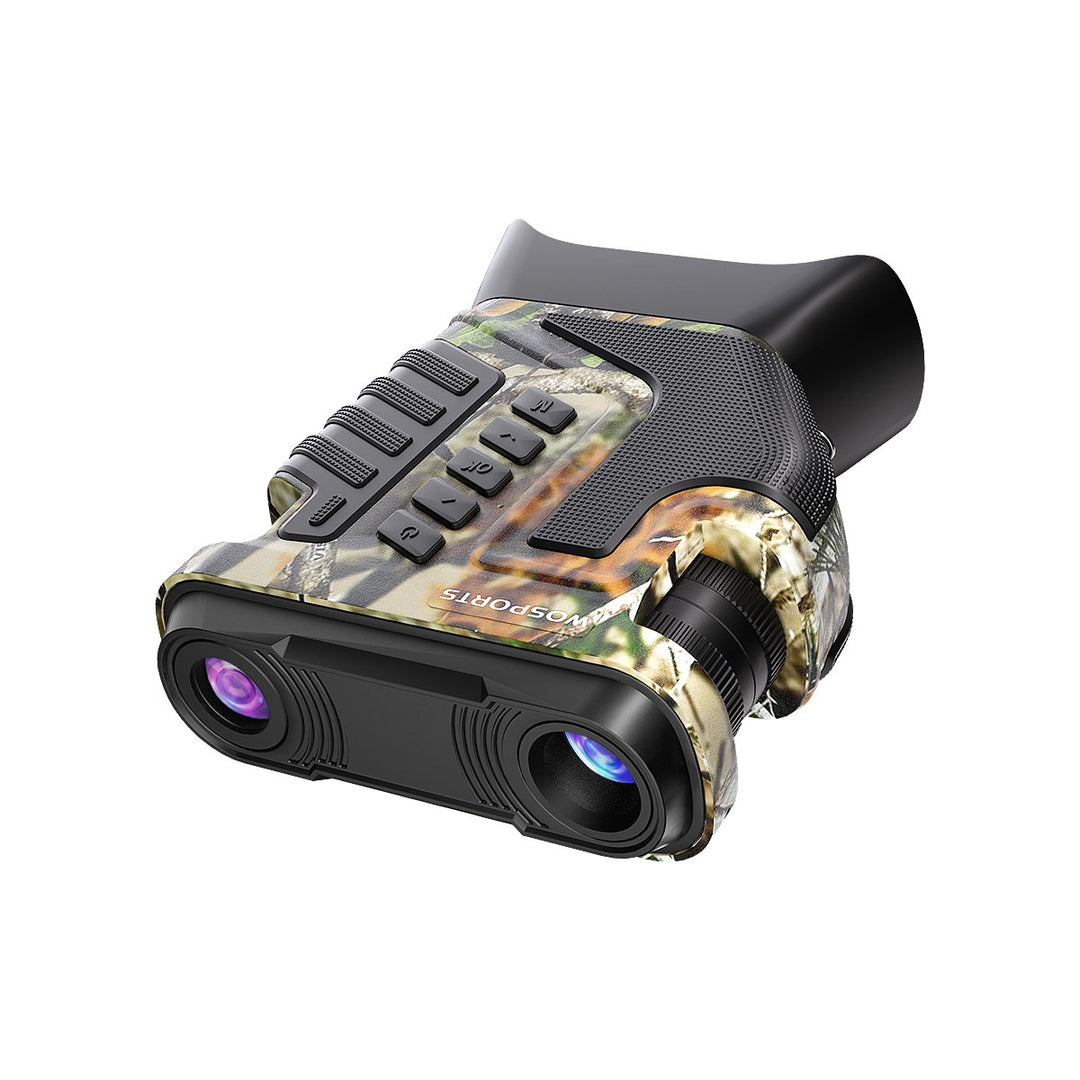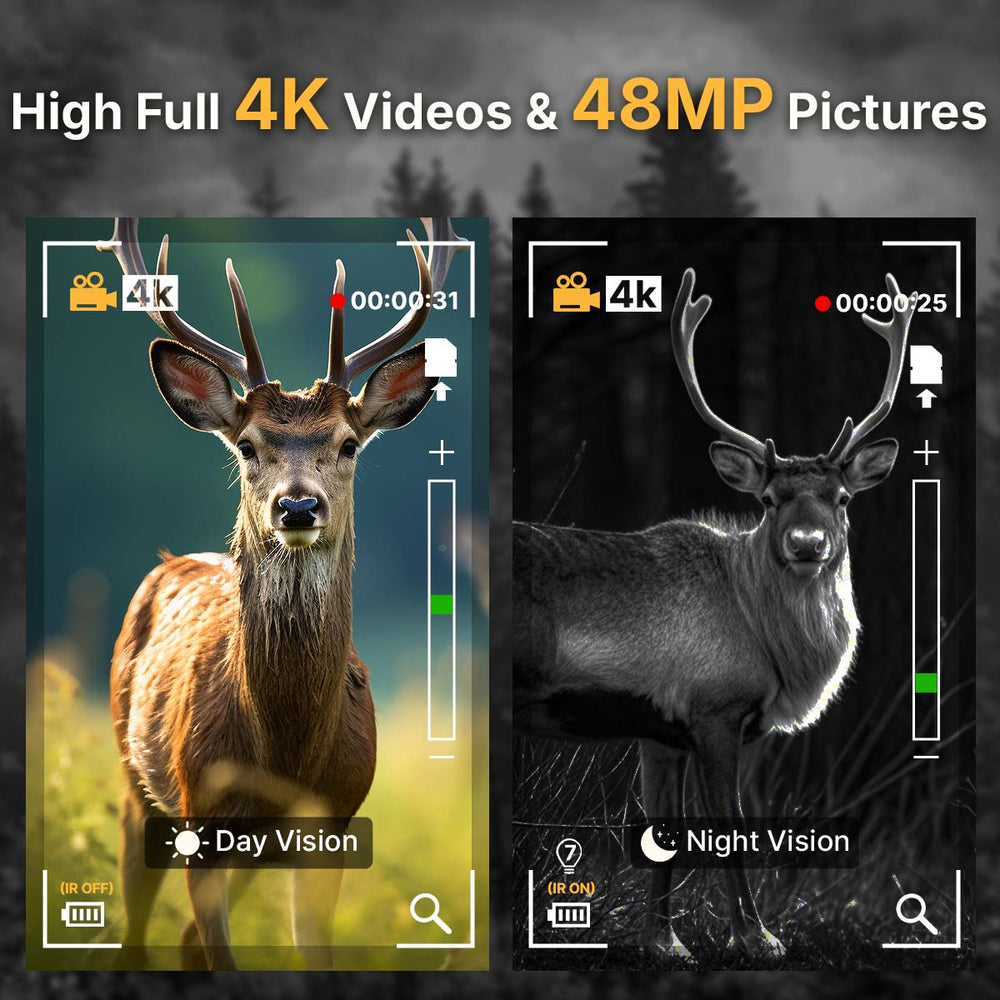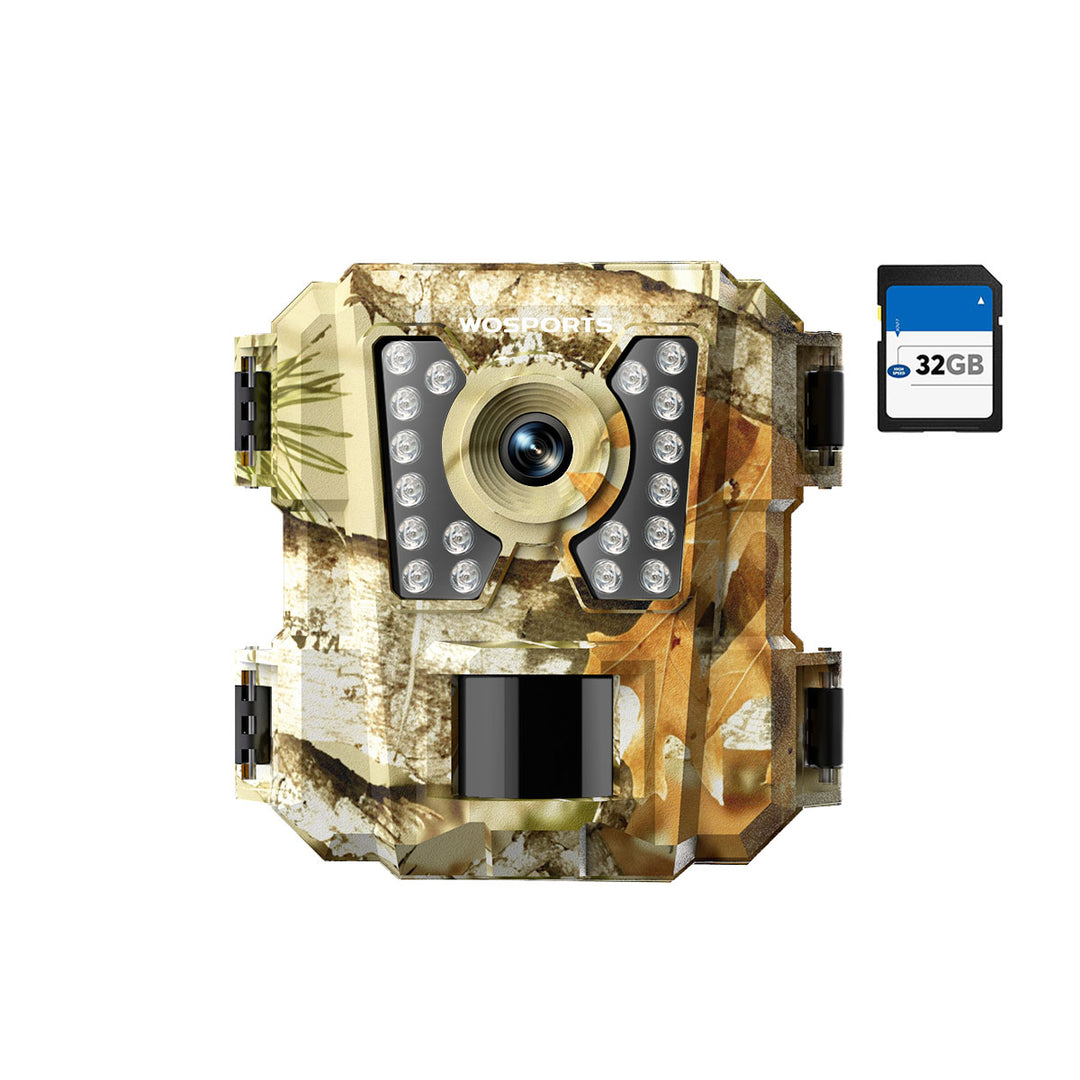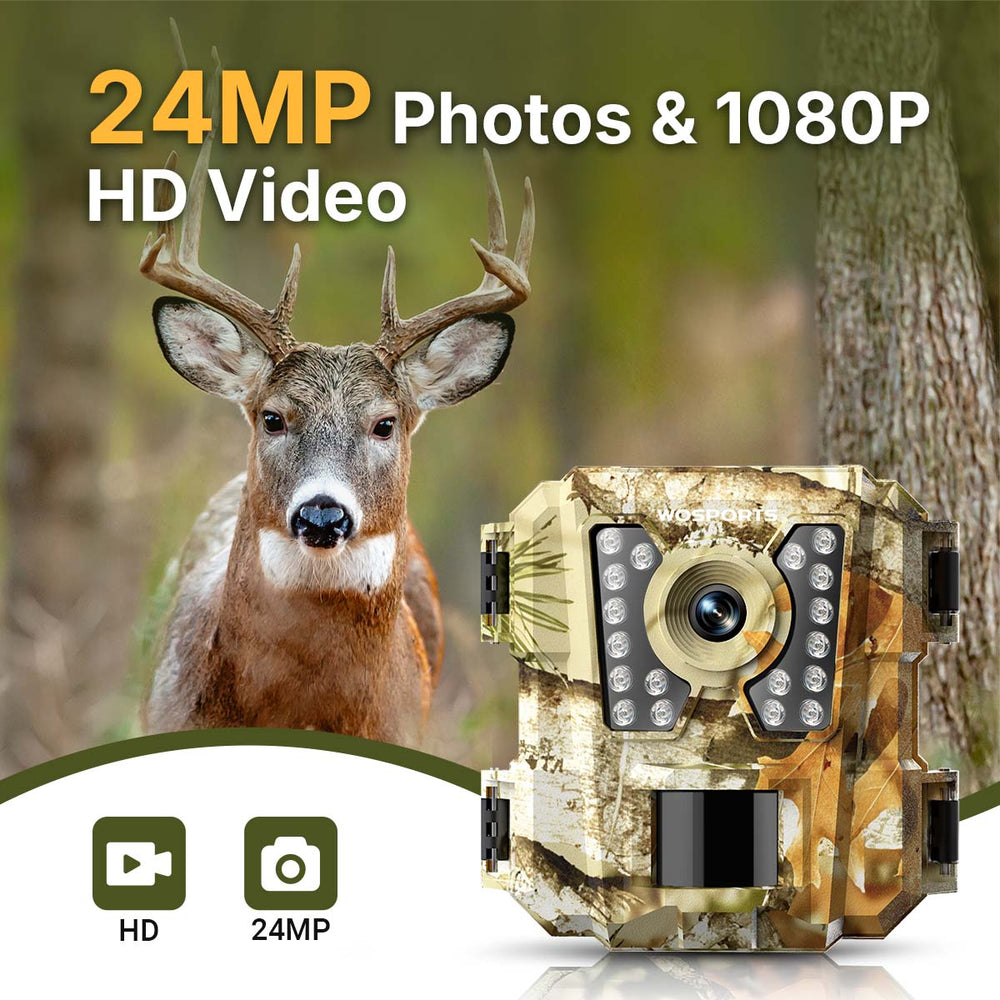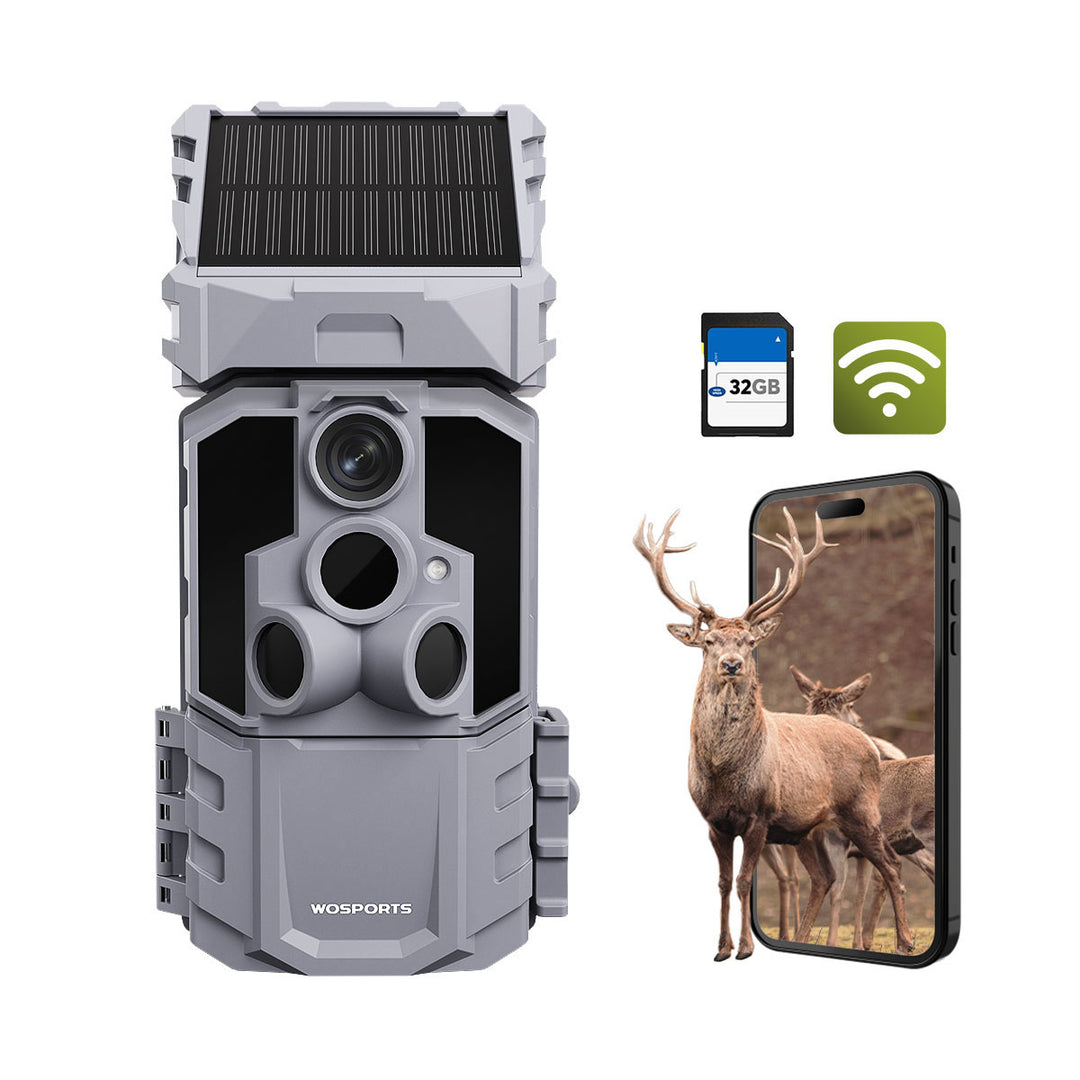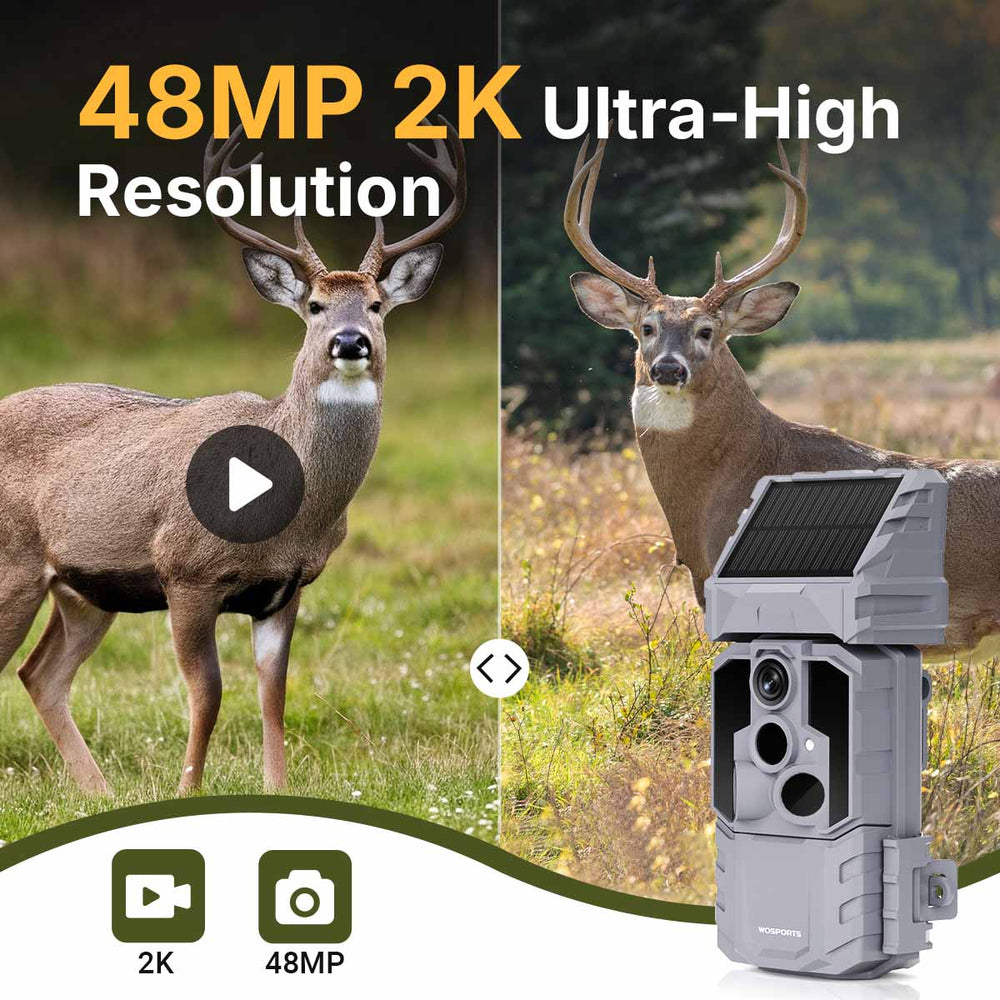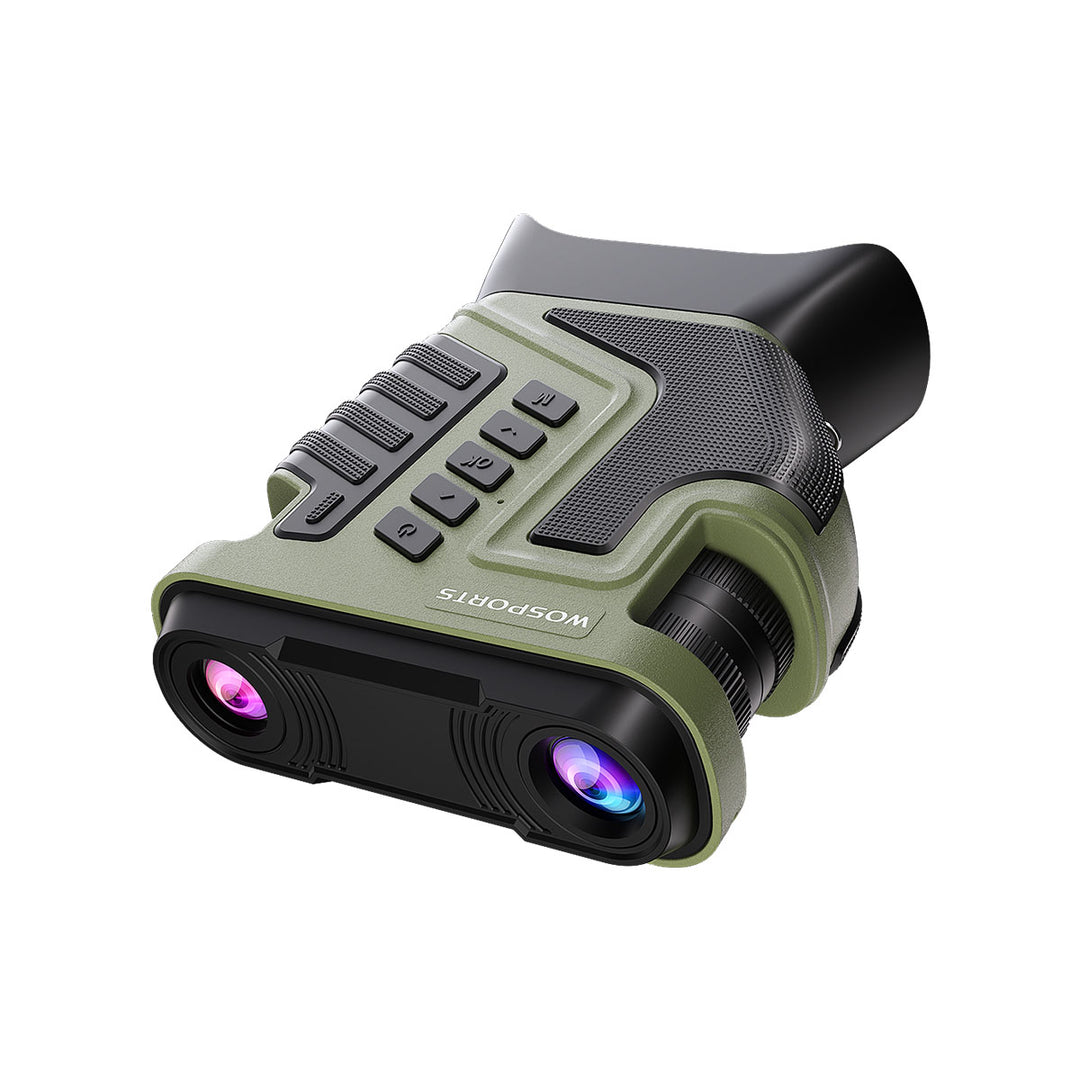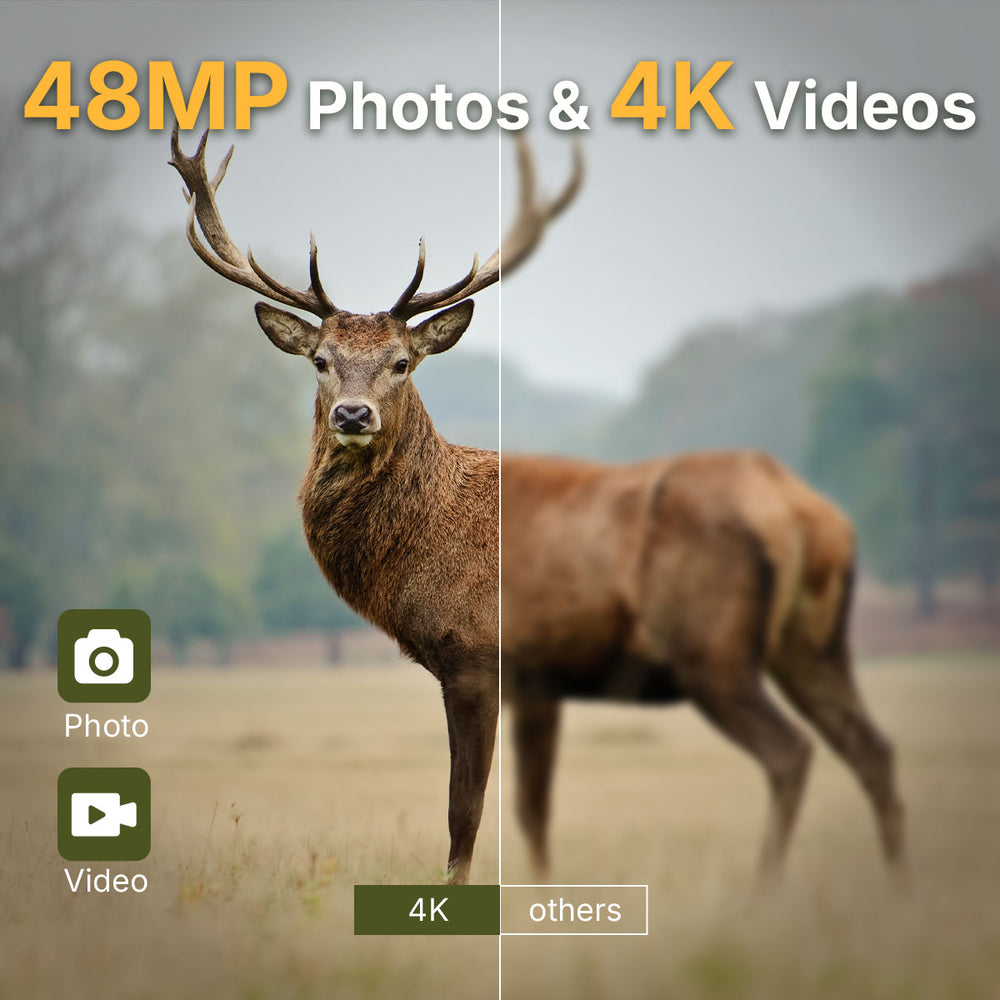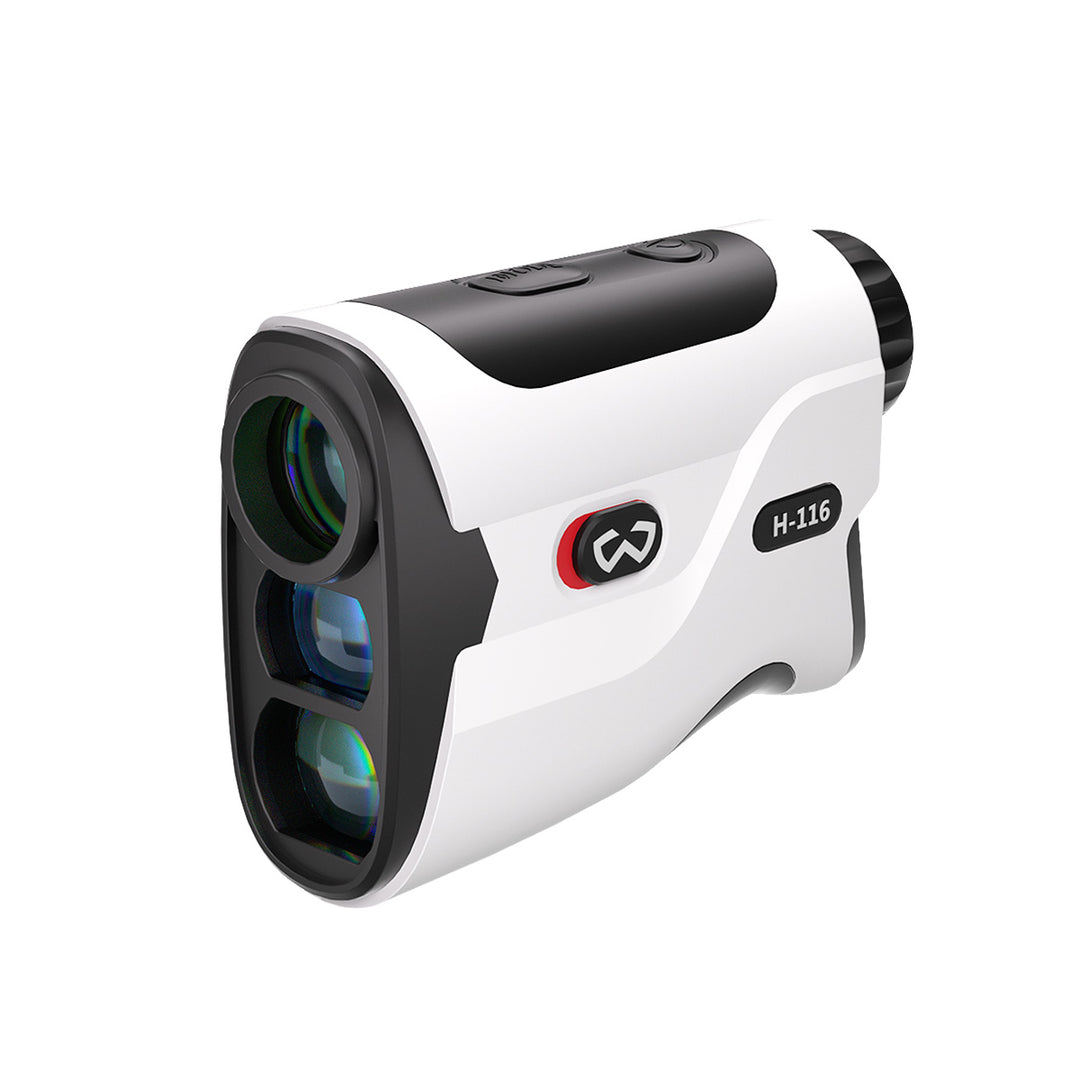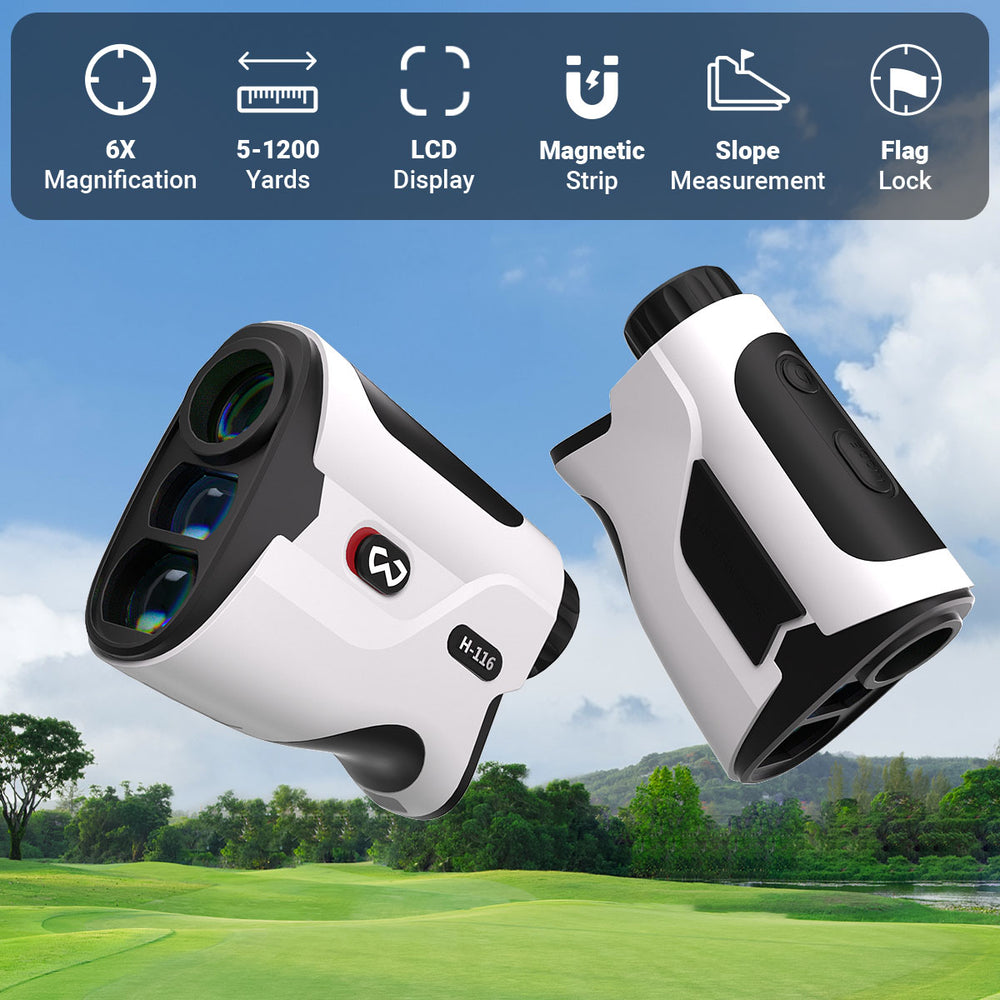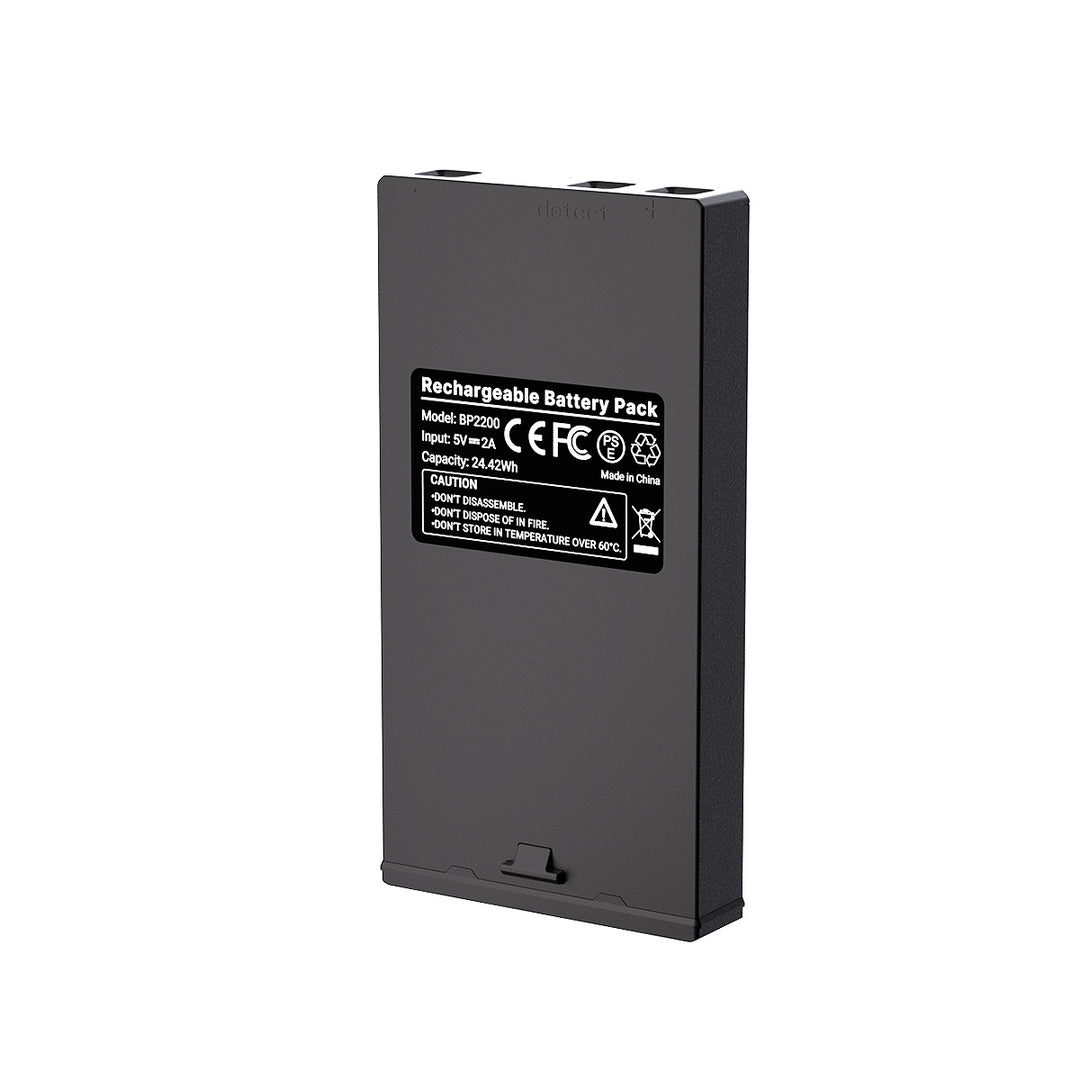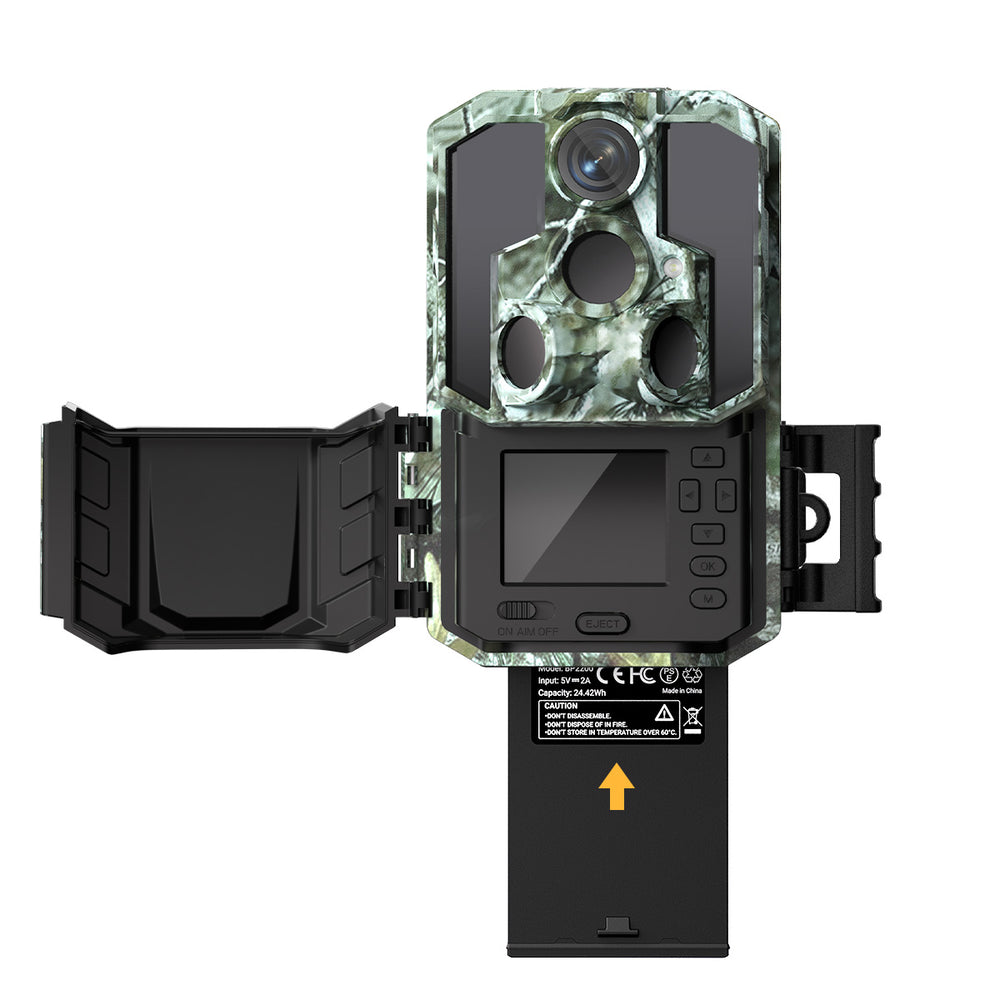How to Use Night Vision Binoculars for Stargazing
1. How to Choose the Right Night Vision Binoculars for Stargazing
When selecting night vision binoculars for astronomy, it's essential to choose a model that suits your specific needs. Here are the key factors to consider:
Magnification: For stargazing, a magnification of around 8x to 10x is ideal. Higher magnification may lead to image distortion, especially when using the binoculars hand-held, so it’s best to stick with moderate power for a steady, sharp view.
Field of View: A wide field of view allows you to see a broader section of the sky. A larger field of view is especially useful for locating constellations or tracking moving objects, such as planets or satellites.

Generation and Image Quality: As mentioned earlier, the higher the generation, the better the clarity and sensitivity of the binoculars. A higher generation night vision binocular will perform better in darker environments, offering a clearer view of dim celestial objects.
Weight and Comfort: Since you’ll likely be using your binoculars for extended periods, comfort is important. Lightweight and ergonomic models are easier to handle and reduce strain during prolonged use.
For example, the WOSPORTS NV400 Night Vision Binoculars offer exceptional light amplification, clear images, and a comfortable design, making them a great choice for astronomy enthusiasts.

2. How to Prepare for Night Sky Observation
Before you head outside to observe the night sky, proper preparation is key. Here are a few things to keep in mind:
Timing: The best time for stargazing with night vision binoculars is during a new moon when the sky is darkest. Light pollution from streetlights, buildings, or city centers can hinder your ability to see celestial objects clearly, so it’s ideal to find a location away from urban lights.
Location: Choose a spot that offers an unobstructed view of the sky. A clear, elevated area such as a hilltop or a quiet park can provide the best viewing conditions.
Adjustment: Make sure your night vision binoculars are correctly adjusted before use. Adjust the diopter to match your vision, fine-tune the focus, and ensure that the lens is clean and free of dust or smudges.
Dress for Comfort: Stargazing at night can be chilly, so wear warm clothing, bring a blanket, or pack a portable chair for comfort during long sessions.
3. Techniques for Using Night Vision Binoculars to View Stars, Planets, and Constellations
Once you're set up, it’s time to begin observing the night sky. Here are some techniques to help you make the most of your night vision binoculars:
Locate Bright Objects First: Start by finding a bright object in the night sky, such as a planet or a prominent star. These are easier to spot in the darkness and will give you a reference point for focusing your binoculars.
Adjust Focus and Magnification: Focus the binoculars until the image is clear. With night vision goggles, adjusting the focus can help eliminate blur and enhance clarity. If the model you’re using has adjustable magnification, choose a setting that gives you a steady, detailed view without causing image instability.

Slow and Steady Movements: To avoid missing celestial objects or losing focus, move your binoculars slowly and steadily across the sky. Small adjustments can help you find specific stars or constellations.
Use Star Charts or Apps: To help you navigate the night sky, consider using a star chart or a stargazing app. These tools can help you identify constellations, planets, and other celestial objects.
4. How to Explore Deep Sky Objects (Galaxies, Nebulae, and More)
Binoculars with night vision can be particularly useful for observing deep-sky objects, such as galaxies, nebulae, and star clusters. These objects are often too faint to be seen with the naked eye, but night vision amplification brings them into view.
Galaxies and Nebulae: To find deep-sky objects, start with familiar constellations or clusters of stars, and move your binoculars towards fainter regions of the sky. With night vision, you'll be able to see faint nebulae and galaxies that might otherwise be hidden.
Techniques: Focus on the area you’re observing and try scanning the sky slowly to spot clusters of stars or diffuse patches of light. These might be distant galaxies or nebulae.
5. Advantages of Using Night Vision Binoculars for Astronomy
Night vision binoculars offer several key advantages when compared to other astronomical equipment:
Enhanced Visibility: Night vision binoculars amplify ambient light, allowing you to see distant stars, planets, and galaxies more clearly, even in low-light conditions or areas with light pollution.
Portability: Unlike bulky telescopes, night vision binoculars are portable and easy to use. You can take them anywhere and enjoy stargazing without needing a tripod or complicated setup.
Steady Views: While telescopes often require a stable platform or tripod, night vision binoculars can be used handheld, allowing for more flexible observation. A steady hand or a pair of binoculars with built-in stabilization features ensures a clear view without image shake.
Search
Popular Posts
Recent Posts

Nov 28, 2024
Troubleshooting Common Trail Camera Issues
Jan 10, 2025
Why Does My Trail Camera Stop Working at Night?


































